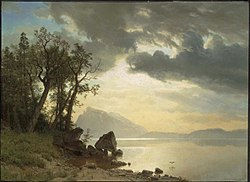Dressing the Stones
- Cheryl Anne Stapp

- Sep 16, 2020
- 2 min read

Today, commercial mills are complex, high-tech installations. Long ago, however, skilled artisans hand-carved granite millstones into patterns resembling radiating spokes of alternating higher and lower depths. Because of the resemblance to plowed farmland, the grooves were called “furrows” and the higher surface, or ridges, were called “lands.” Millstones came in pairs: the base, or bedstone, was stationary. The top, or runner stone, did the actual grinding as it turned on top of the bedstone’s surface. Larger gristmills, generally those serving an entire village, were powered by water; smaller ones on private farms used horses or mules as the power source.
The depth of the furrows was important because the grooves allowed the ground meal to be expelled at the outer edges of the two facing stones. Millstones wore as they ground grains, therefore their surfaces needed to be “dressed” periodically. This task required a certain expertise because the wear on a pair of millstones was greater near the circumference than at the center. When necessary, the furrows were deepened with a tool called the pick.
The ridges, or lands, needed attention as well. Determining which of the lands needed to be smoothed down a level was called “proving” the stones. The process of dressing, or adjusting the level of the lands was called crackling or stitching and if not done, the stones wouldn’t cut the rough, fibrous outer skin cleanly away from the dried corn or wheat berry. It was also important that millstones never ran dry—meaning, to turn the runner stone against the bedstone without the lubrication of grain between them—because the carved stone faces would surely be damaged.
It took an experienced man two days to dress a pair of millstones. Dressing tools included sledge hammers, wedges for supporting the upturned top runner stone, mill picks, sharpening files, and chisels.




Comments